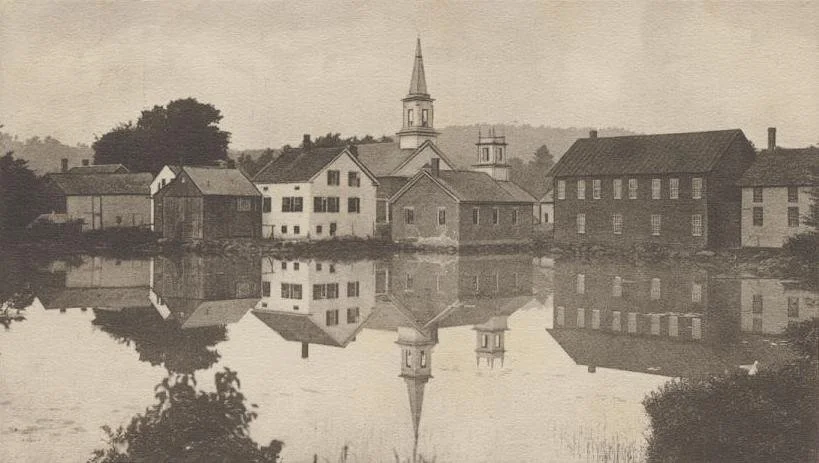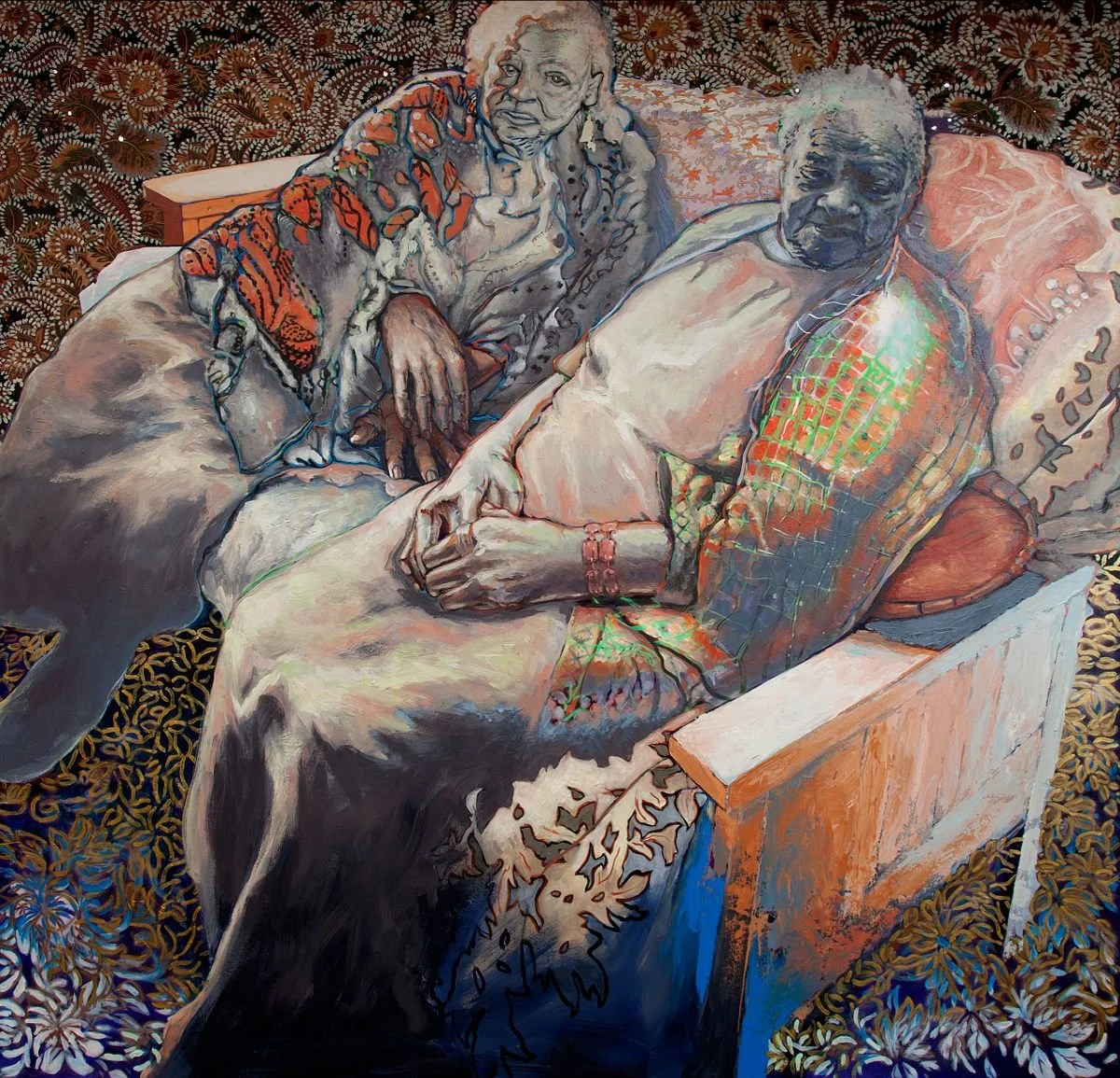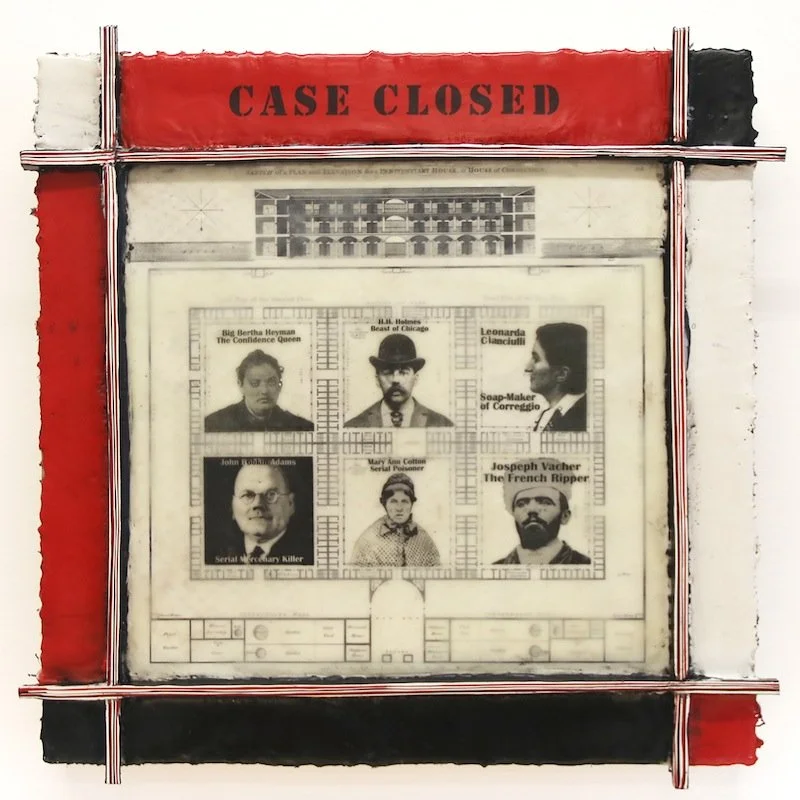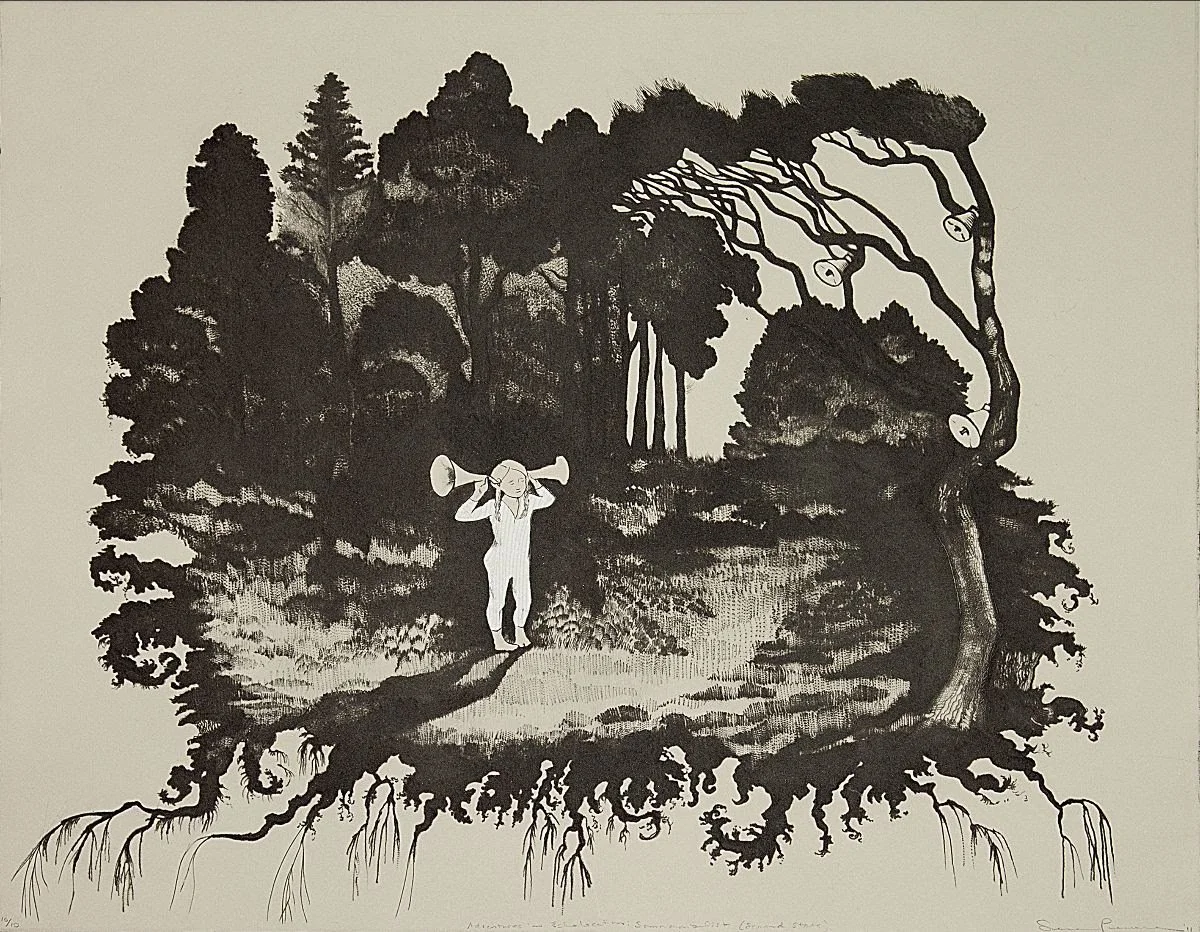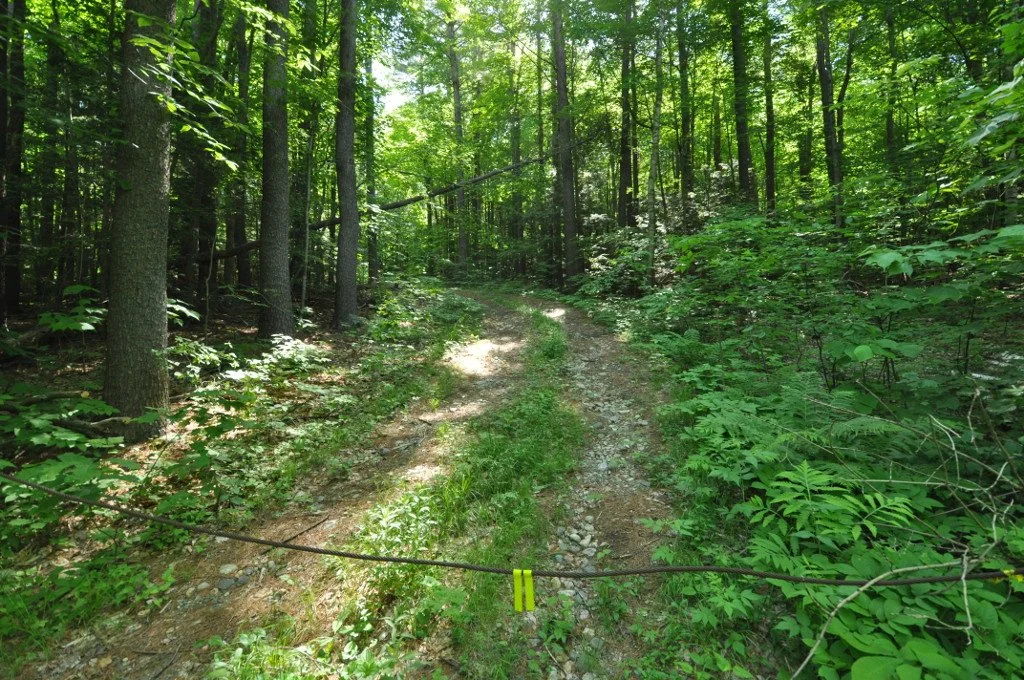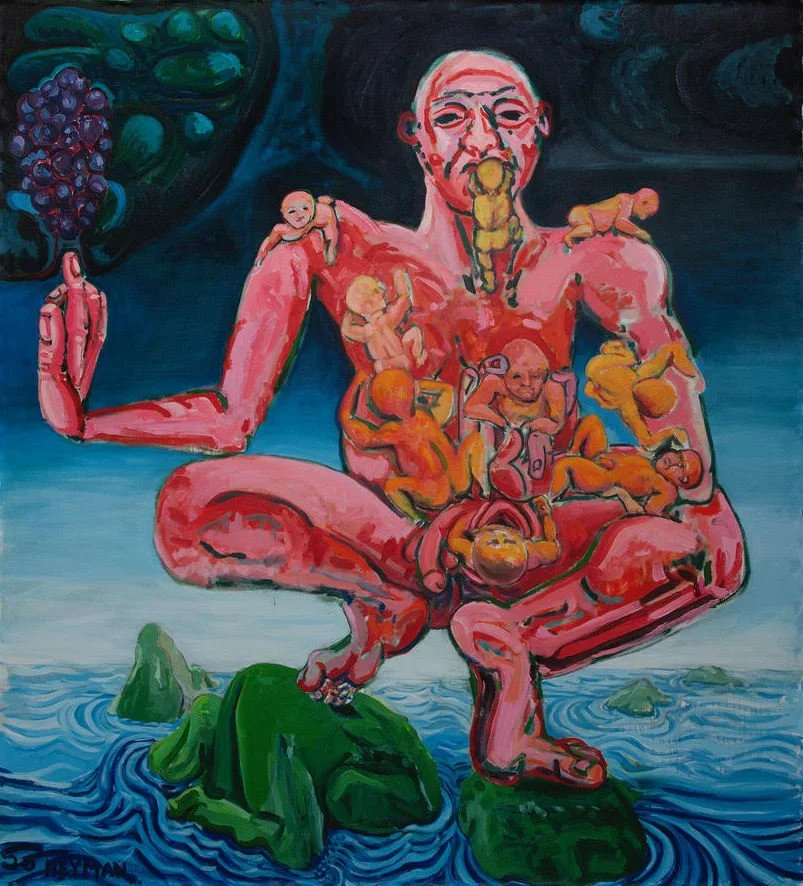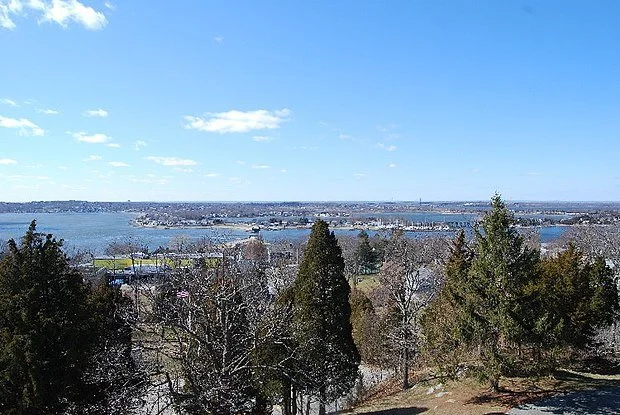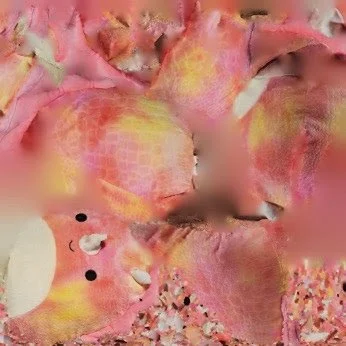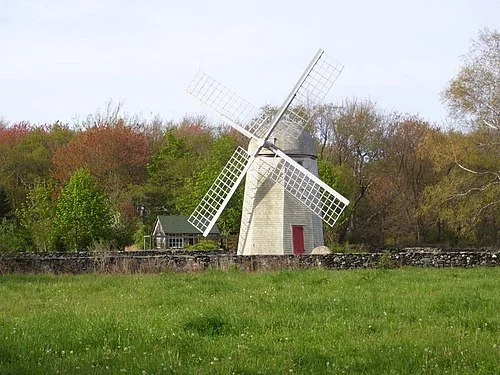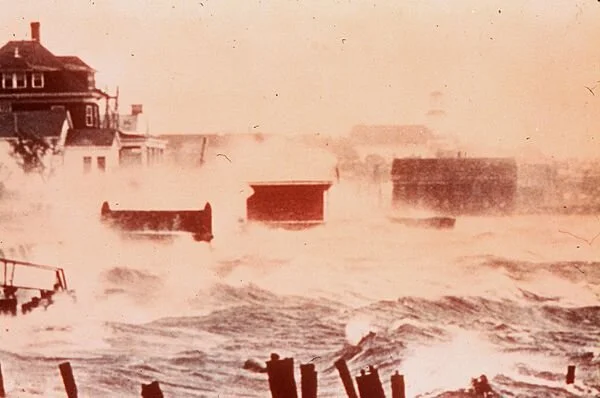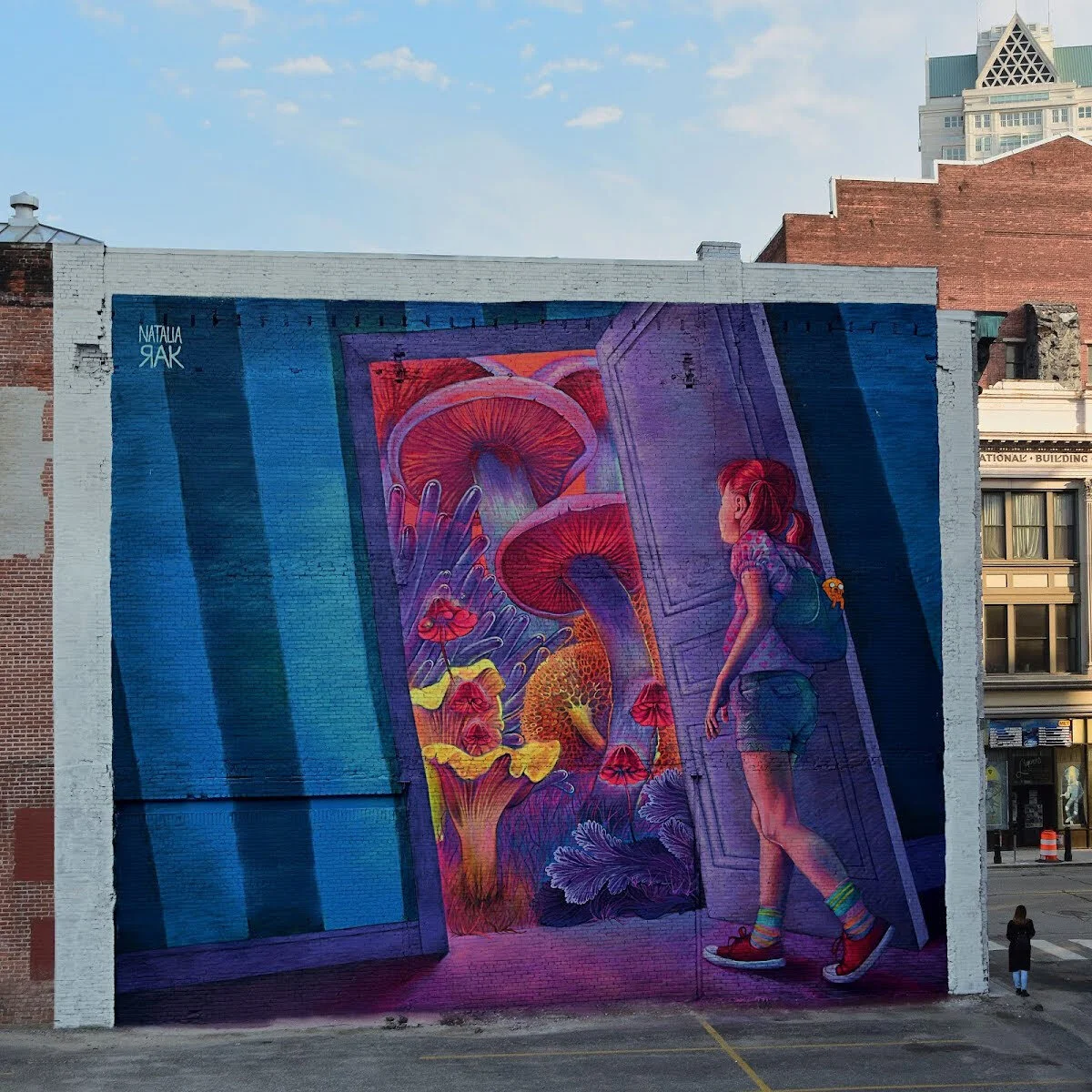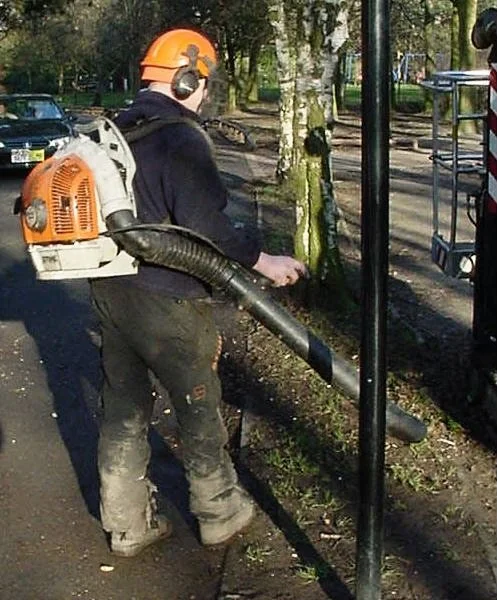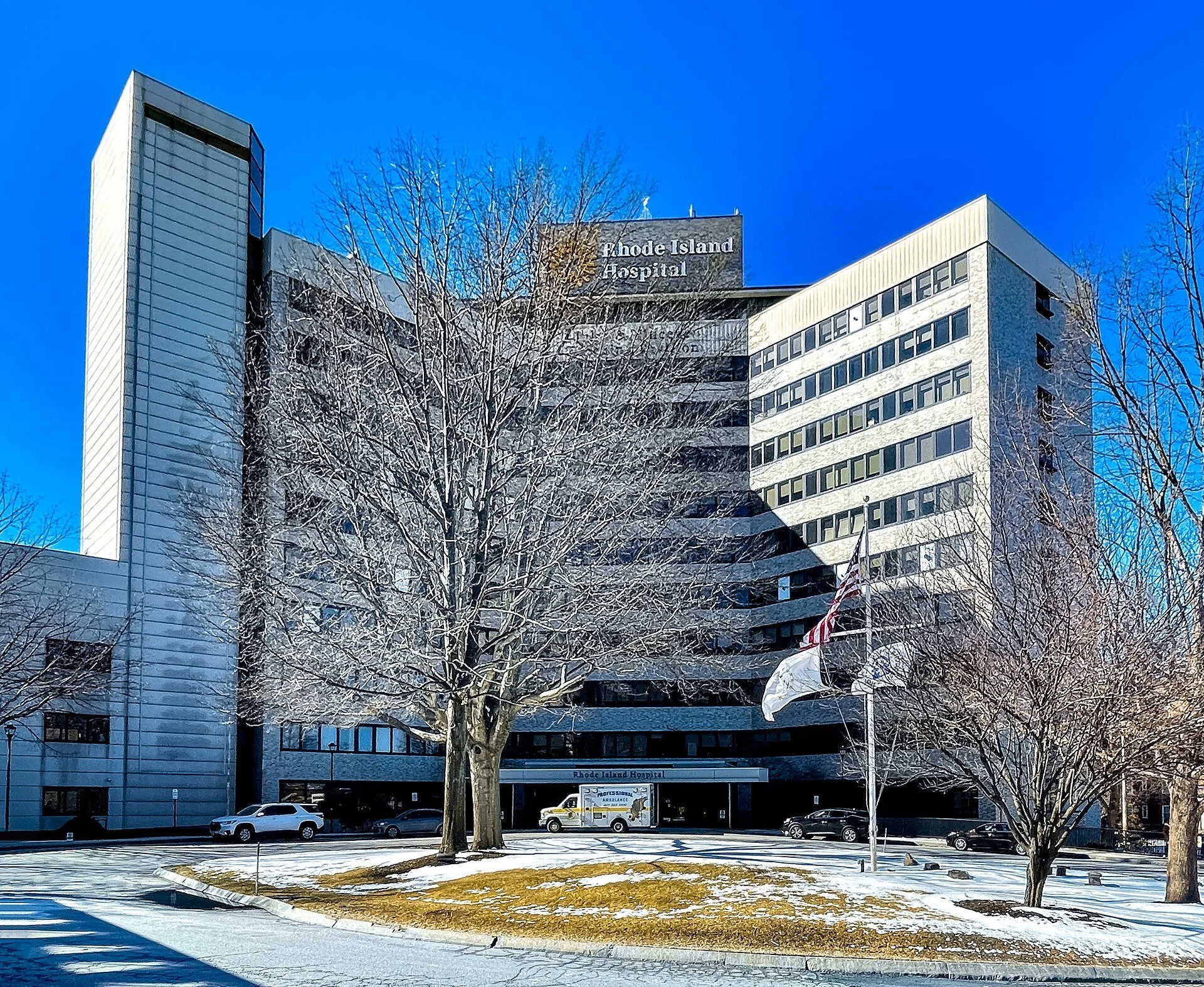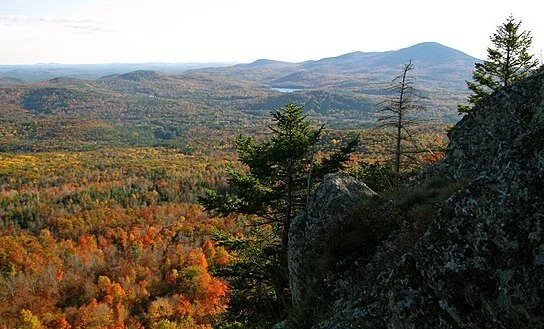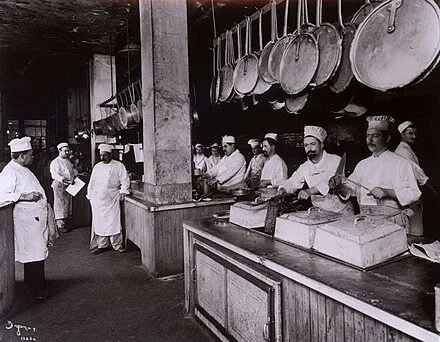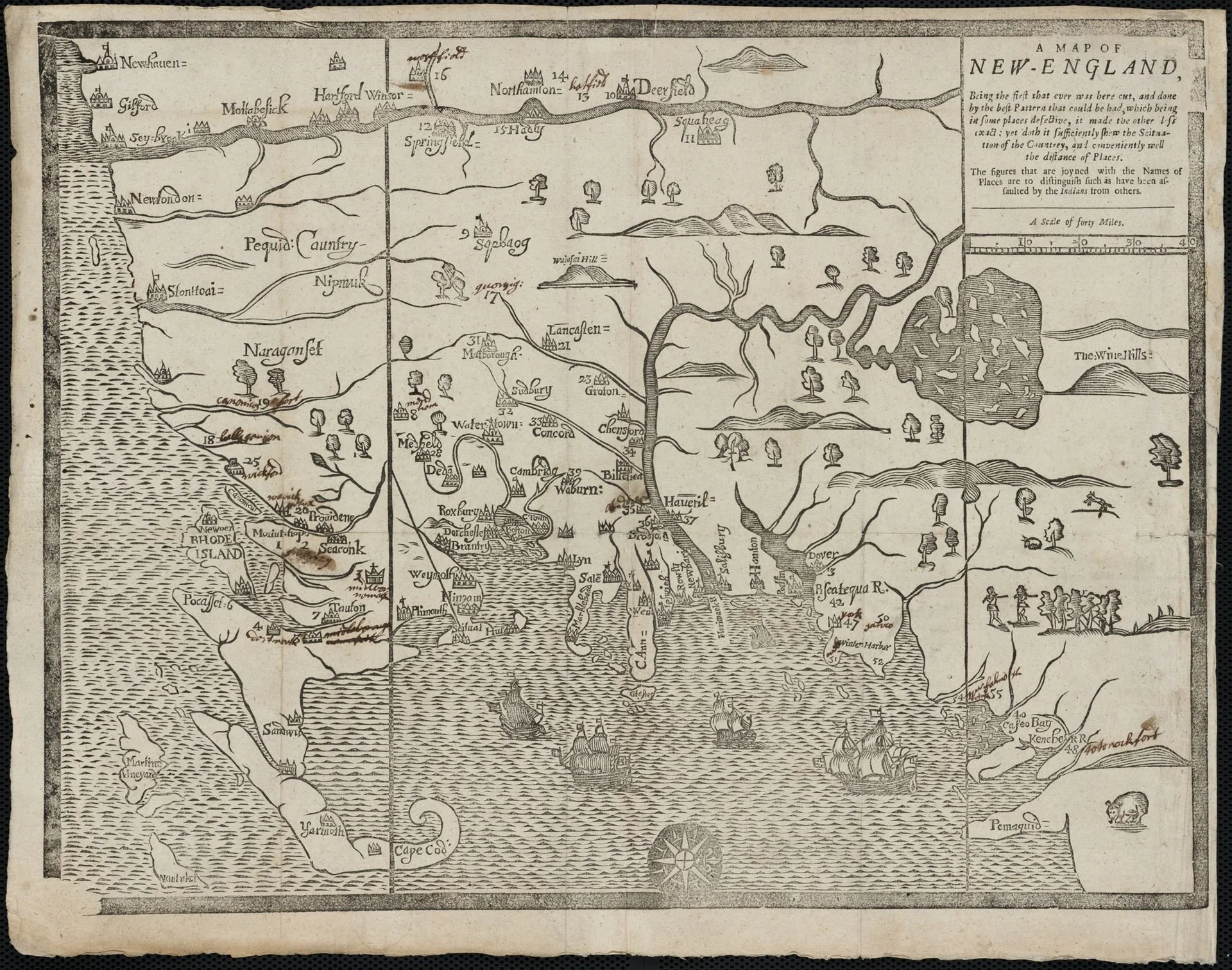
‘Strange ancient memories’
Harrisville, N.H. in 1905
— From H.P. Lovecraft (1890-1937), writer and a Providence native who’s known for his horror and science-fiction stories.
William Morgan: Save downtown Providence's centerpiece
The Industrial Trust Co. building is the fulcrum of the Providence skyline.
— Photo by David I. Jacobson
Saving and rehabbing the Industrial Trust Co. Building is crucial to revitalizing downtown Providence. To imagine the city without the nicknamed “Superman Building,’’ is like contemplating Paris without the Eiffel Tower or London without Big Ben, New York without the Empire State Building or Washington without the Capitol.
Most of the recent discussion of saving the skyscraper, designed by the New York firm of Walker & Gillette and built in 1928, has been about the cost of restoration and who should bear that hefty multimillion-dollar expense. While no small matter, the real issue about preserving and rehabbing Providence’s most prominent urban symbol cannot hinge just on the money. Losing this landmark would be a disaster, one that would cost the city and state immeasurably more than bonded indebtedness or taxpayer pain. It would mean a loss of prestige, optimism, self-confidence and our well-earned reputation as a Renaissance City.
Aerial view of downtown Providence shows keystone position of Industrial Trust Building.
— Photo by Luis Carranza
The limestone-sheathed Art Deco masterpiece at 55 Kennedy Plaza is simply a landmark that we must not lose. More than any other element of the skyline, with the exception of the State House, the Industrial Trust Building is the identifiable icon of the city.
Not just the tallest, but the most attractive element of the downtown skyline.
— Photo by William Morgan
There are significant architectural and historical considerations that favor preservation, not to mention the benefits of an infusion of new downtown inhabitants. Yet, the key role that the Superman Building plays is as a majestic visual fulcrum – a clearly recognized feature, a compass marker, an urban punctuation point much like the Eiffel Tower.
Eye appeal: lantern detail of the top of the building, designed, among other things, to be a port for dirigibles.
— Photo by William Morgan
Unlike a lot of its newer neighbors, the Industrial Trust Building is an artfully decorated architectural masterpiece, and not a boringly repetitious wall of undifferentiated glass. Not just vertical real estate, its mass diminishes as it reaches for the sky–the work of architects who understood beauty, good proportions, scale and civic aspiration.
Compare the Superman Building with the 1973 addition to the Hospital Trust Tower, an uninspiring lump of travertine; in half a century the quality of downtown commercial architecture declined visibly.
— Photo by William Morgan
It is irresponsible to declare that the Industrial Trust Building will be razed if the current financing package cannot be agreed upon: this is a structure for which a use and renovation plan must be found. There is no alternative. As Robert Whitcomb argued recently in GoLocal, tearing down this noble identifier and symbol of the city’s once great commercial prowess would send a terrible message to the world. If we cannot afford to restore this treasure, how likely would we be able to fill in the void left by its destruction? Or as one of my urban-planning mentors, Congressman Charles Farnsley, a sponsor of the 1966 Historic Preservation Act, used to say of such urban mauling: This is like a beautiful woman losing a front tooth in a country with no dentists.
Charles Farnsley, mayor of Louisville, Ky., before working with Lyndon Johnson on preservation, had another phrase that is even more haunting: Americans are the only people who bomb their own cities. In a town known as a preservation success story, that’s not a mantle we should want to wear. Rather, we need to be the city that opened the rivers, removed an interstate highway slicing through its heart, and created a vibrant arts scene. If we can do that, we can figure a way to breathe new life into the Industrial Trust Building.
Providence skyline without the Industrial Trust Building.
— Photo by William Morgan
William Morgan is the architecture critic of GoLocalProv.com, as well as a long-time contributor to New England Diary. He’s the author of many books on architecture.
As shadows lengthen
“Venus’’ (oil and acrylic paint, acrylic ink, markers, fabric, photo transfer and rhinestones on canvas), by Bob Dilworth, in his show ‘‘Another Place,’’ at Cade Tompkins Projects, Providence, May 7-Sept. 7.
He says:
“My paintings employ an aesthetic gesture towards moments in history that run parallel to current times, often intersecting and exploring hidden and deeper meanings of my experience as an African-American male.’’
Just be an ‘urban mechanic’?
Take care of this.
— Photo by David Shankbone
Adapted from Robert Whitcomb’s “Digital Diary,’’ in GoLocal24.com
Providence mayoral candidate Brett Smiley, who has held high managerial positions in both Rhode Island state government and Providence City Hall, may well have chosen the right approach: Present himself as a version of the late Boston Mayor Thomas Menino – an “urban mechanic’’ who focuses on the basics of local governance – snow plowing, filling potholes, maintaining adequate police and fire protection, addressing various neighborhood quality-of-life issues, such as noise (leaf blowers, loud parties, etc.) and graffiti, repairing schools and public buildings and so on.
He would, apparently, tend to stay away from implementing new social-engineering programs. Good. They are best left to the state and federal governments, which have far greater resources to pay for them, if they actually make sense at all. And remember that cities and towns are legal children of the state. And we already ask such municipal employees as teachers and police officers to do far too much stuff – especially social work – that’s not in their core mission.
It’s too early to know whether Mr. Smiley has the fortitude, creativity, endurance and political coalition-building strength to get elected, and if he’s elected whether he could engender enough loyalty and fear to bend city employees to his will, as Tom Menino was famously able to do.
‘Migrant to nomad’
From the show“The Levitating Perils” (video installation), by Frank Wang Yefeng, at the Chazan Gallery at Wheeler, Providence, Feb. 10-March 2
The gallery says that the mixed-media artist's works often relate to the experience of being a Chinese immigrant in the United States. He “left his place of origin at a young age, the memory from a migrant to a nomad has led him to investigate the transformation of emotions, autonomous objects of continuous movements, and the in-between states of nomadic subjects that occur in both virtual and physical realms."
Creative criminals of yore
“Case Closed” (encaustic with image transfers), by Providence-based artist Angel Dean. She is a member of New England Wax (newenglandwax.com)
Soon you can do it outside
“Ice Skating Blues” (drawing and encaustic on board), by Providence-based painter Nancy Spears Whitcomb
Can't hear the forest for the trees?
“Adventures in Echolocations: Somnambulist,’’ by Serena Perrone, at Cade Tompkins Projects, Providence.
Buckland State Forest entrance, in Buckland, in western Massachusetts
Snarls at sunset
“Dog Park at Dusk” (watercolor on cradled board, encaustic), by Nancy Whitcomb, a Providence-based artist and member of New England Wax (newenglandwax.com)
‘Embracing chaos to make art’
“Chaos Gives Birth To Being’’ (oil on canvas), by Daniel Heyman, in his show “Summons,’’ at Cade Tompkins Projects, Providence, Oct. 30-Dec. 31.
Kathleen Tolan in the “Summons’’ catalog essay, writes:
“{T}h giant, squatting on bright green rocks in a blue sea, his body covered with babies crawling on him, being born by him. He points up at a bunch of purple grapes. I think of Dionysus, of the playful lover of life, and I think of the necessity of embracing chaos to make art.’’
The gallery says:
“Daniel Heyman is an artist whose work in drawing, printmaking and painting directs the viewer's attention to contemporary social and political issues. Deeply interested in narrative, he uses images to tell stories that combine a love of history and myth in an effort to provoke discussion and empathy. In his recent “Summons’’ series, Heyman emphatically returns to images without words. His previous effort, the monumental woodcut “Janus’’ from 2019-2020, represents time as an endless string of birth, renewal and death for creatures and ideas. Here, even the very human act of making culture is seen as both creative and destructive, signaling the profound influence Japanese art and culture has had on his work.’’
Daniel Heyman lives in Tiverton, R.I., partly a Providence and Fall River suburb and partly an affluent summer place with a beautiful shoreline and some farms, too.
The Union Public Library, part of the Tiverton Four Corners Historic District, has been operating since 1820.
View from Ft. Barton, in Tiverton
Another take on COVID-19
“MACRO vs micro’’, by Teddy Trocki-Ryba, of Jamestown, R.I., in the show of the same name at AS220, Providence, through Oct. 30.
It’s a fresh take on the experience of COVID-19 in public and in private. As explained in Trocki-Ryba's artist statement, "the work displayed … seeks to juxtapose the MACRO experience of community and government with the micro experience of family and individual life" during the pandemic.
Windmill in Jamestown, R.I., the increasingly affluent and still partly semi-rural town/island in Narragansett Bay
Todd McLeish: Artificial light threatens animal populations
Light pollution is mostly unpolarized, and its addition to moonlight results in a decreased polarization signal.
From ecoRI News (ecori.org)
Global insect populations have declined by as much as 75 percent during the past 50 years, according to scientists, potentially leading to catastrophic impacts on wildlife, the environment and human health. Most studies point to habitat loss, climate change, industrial farming and pesticide use as the main factors driving the loss of insects, but a new study in the United Kingdom points to another cause: light pollution.
The ever-increasing glow of artificial light from street lights, especially LED lights, was found to have detrimental effects on the behavior of moths, resulting in a reduction in caterpillar numbers by half. And since birds and other wildlife rely on caterpillars as an important food source, the consequences of this decline could be devastating.
According to Douglas Boyes of the British Center for Ecology & Hydrology, street lights cause nocturnal moths to postpone laying their eggs while also making the insects more visible to predators such as bats. In addition, caterpillars that hatch near artificial light exhibit abnormal feeding behavior.
But moths are not the only wildlife affected by artificial light.
Since most songbirds migrate at night, birds that have evolved to use the moon and stars as navigational tools during migration often become disoriented when flying over a landscape illuminated with artificial light.
“City centers that are very bright at night can act as attractants to migrating birds,” said ornithologist Charles Clarkson, director of avian research at the Audubon Society of Rhode Island. “They get pulled toward cities, and when they find themselves amid heavily lit buildings, they become disoriented, leading to a large number of window strikes and increased mortality.”
It is unclear why birds are attracted to lights, but studies have found increasing densities of migrating birds the closer one gets to cities.
“Birds probably see these cities on the horizon from a long distance, and they get pulled toward these locations en masse,” Clarkson said.
Street lights have also been found to be problematic to birds. Birds are active later into the evening when they are exposed to nearby artificial lighting at night, and they often sing later as well.
“Sometimes that might lead to more food availability, since lights attract insects,” Clarkson said. “But it also affects the physiology of the birds when they’re active when they should be sleeping. Some birds that live in heavily lit urban or suburban areas begin nesting earlier, too, up to a month earlier than they typically would. And that leads to a phenological mismatch between when food is traditionally available and when the chicks are hatching and need to be fed.”
Artificial lighting may cause other species to face a similar mismatch. Christopher Thawley, a lecturer and researcher in the Department of Biological Sciences at the University of Rhode Island, studied lizards in Florida and found not only that the reptiles advanced the onset of breeding when exposed to artificial light, but they also laid more eggs and even grew larger under artificial lighting conditions. Other kinds of wildlife could have comparable results.
“Light at night can sometimes mimic a longer day length, and a lot of animals use length of day as a cue for when to start breeding,” he said. “If they’re exposed to light at night, they think the days are longer so it must be time to breed. Length of daylight is also a good cue for when to migrate or when to start calling, and that could potentially be an issue for some species.”
Thawley said frogs that call at night near artificial light could be more vulnerable to predators.
“When nights are darker, frogs call more, and when the moon is bright they call less,” he said. “It’s more dangerous to call during a full moon because predators could see you. That would be especially true under artificial lighting conditions, too.”
Scientists are still trying to understand the intricacies of how light pollution impacts wildlife, and yet some cities are already taking action to reduce its impact. Dozens of cities around the United States and Canada, including Boston, New York, Chicago and Washington, D.C., have launched “lights out” programs aimed at dimming city lights during the peak of bird migration.
Providence is not among the cities participating in a “lights out” program, but local advocates have discussed how to get it started for several years. They say it would be a positive first step toward reducing the impact of artificial lighting on local and migrating wildlife.
Rhode Island resident and author Todd McLeish runs a wildlife blog and frequently writes for ecoRI News.
Some love hurricanes
Storm surge in eastern Connecticut during Hurricane Carol, on Aug. 31, 1954.
Adapted from Robert Whitcomb’s “Digital Diary, in GoLocal24.com
The hype about Tropical Storm Henri was extreme, even by New England storm standards. After all, Henri, at its height offshore as a minimal hurricane, had lighter winds than many winter Nor’easters that hit us.
But then, many people enjoy the hype and indeed like hurricanes, as long as their property isn’t damaged, and they get their electric power back within a day or two, which they usually do. Storms take people out of themselves by putting on a diverting show. And they jazz up late summer, when many people are tiring of the season, especially this year with its months of steamy weather. (How do people live in Florida year round?)
Hurricane Carol (Aug. 31, 1954), quickly followed by Hurricane Edna (Sept. 11, 1954) left many New Englanders without juice for up to two weeks. These days, utilities pump up an oncoming storm to ensure that they get timely help from utilities outside the region and that they won’t be blamed in those rare cases in which a storm turns out to be worse than forecast, such as last year’s Tropical Storm Isaias in Connecticut.
My most vivid memory as a boy of hurricanes, besides watching a couple of trees being uprooted, is the sweet smell of Sterno, which we used for cooking after the power went out.
Those Unsightly Lines
At India Point Park, Providence. Note power lines.
— Photo by Tim Burling
People in Providence’s Fox Point neighborhood, at the head of Narragansett Bay (or the head of the Providence River, if you prefer) who have fought for almost 20 years to get the utility lines from India Point Park to East Providence buried must have felt a pang when they read in GoLocal”
“The Scenic Aquidneck Coalition has announced the completion of a project to bury power and communication lines along Third Beach Road and Indian Avenue in Middletown, Rhode Island. Inspired by the 2017 Second Beach project, the Scenic Third Beach Project removes the rest of the poles on Sachuest Point along Third Beach and up Indian Avenue, promoting ‘coastal resiliency, restoring the historic landscape and enhancing the area’s scenic appeal.’’’
But the Middletown project only cost $4 million and was entirely paid with private donations. (There are plenty of rich individuals and organizations on Aquidneck Island.) The price of burying the Fox Point lines has risen to $33.9 million, and it remains uncertain how the cost would be shared among Providence and East Providence property-taxpayers and statewide electricity rate payers and taxpayers and National Grid – or other permutations and combinations.
I suspect that a big hurricane that takes out power for a long time would work wonders in getting those lines buried. Never waste a crisis.
Magic mushrooms
“Adventure Time” (C2 paint), by Natalia Rak, at 94 Washington St., Providence, part of the Avenue Concept, which supports public art in the urban setting by means of murals, sculptures and programs.
Infernal machines
— Photo by fir0002 fl
From Robert Whitcomb’s “Digital Diary,” in GoLocal24.com
A Providence mayoral candidate could get a lot of votes with credible promises for the city to crack down hard on ATV and dirt-bike users. They must be made very scared to ride in the city. The State of Rhode Island, through the State Police and new laws, must also bring much more force to bear against these potentially lethal and out-of-control offenders. Arrest, immediate jail, conviction and a memorable stay in the ACI.
And a candidate could also gain more than a few votes by supporting a ban on gasoline-fueled, shrieking and polluting leaf blowers. It used to be that these infernal devices were mostly confined to blowing fallen leaves into piles to be trucked away in mid and late autumn. Now they’re used year-round to (often pointlessly) blast dust and other debris around, turning the surrounding neighborhoods into dead zones while they work.
Affluent property owners employ yard crews of hard-working illegal aliens (too few of whom are wearing ear protection) to wield these things; I’ve noticed that many of the owners often arrange to be away at their summer or weekend houses when the crews show up.
Brown University’s big ambitions for cancer center
Rhode Island Hospital, in Providence, is the flagship institution of the Brown University-affiliated Lifespan hospital chain.
— Photo by by Kenneth C. Zirkel
From The New England Council (newenglandcouncil.com)
“Brown University has partnered with a local hospital chain with the goal of establishing a state-of-the art cancer-research center in Rhode Island. The university’s research branch has partnered with Lifespan Cancer Institute’s clinical care, with the eventual goal of applying for a National Cancer Institute designation. Such a designation would allow for further funding and increase the type and amount of clinical trials the research institute could conduct.
“Dr. Wafik El-Deiry, the director of the Cancer Center at Brown University, recently spoke to The Boston Globe about his excitement for the development of this program at the university. ‘There really wasn’t too much development yet before [the center] at Brown because there was no story,’ he said. ‘There wasn’t a program… to really make a difference and get to where we need to go, we have to grow. We need to recruit, we need space, and we need resources. And now, with Brown’s support, all of that is really coming together,’ he told The Globe.
“As this program grows, there is optimism that Rhode Island could become a prime cancer-care destination. The program is expected to soon start attracting brilliant individuals who seek to advance the future of medicine and cancer care. This program aims to establish the Ocean State a top location for research, learning, and care.’’
State of mind Out West
“Today” (oil on panel), by Susan Strauss, in her show “Western Painting,’’ at Periphery Space @ Paper Nautilus, Providence.
The gallery says:
“Strauss describes these as pivotal paintings as they were influenced by a change of place but also a state of mind brought about by the crisis of politics and COVID. Strauss traveled to northern Arizona to paint in the winter of 2019-2020 and stayed Out West through most of 2021 so far. Starting with daily painting, direct observation and walks through the landscape, she began working on a series of abstract paintings. Book sized; the small landscapes help you travel to the high desert. The larger works connect the elemental immediacy of the Western landscape and the timelessness of Eastern cosmology represented by the mandala.’’
Strauss has lived and maintained her studio in Westport, MA since 2005 and is part of the South Coast Artists open studio community and the Art Drive. She is a founding member of the Brickbottom Artists Building in Boston and has received grants from Mass Arts Lottery and Public Works RI. Her work has been exhibited in many group and solo shows throughout the New England area including Gallery at 4, Tiverton, RI, Dedee Shattuck Gallery, Westport, MA, Gallery NAGA, Boston, MA, Newport Art Museum, Newport, RI, New Bedford Art Museum, New Bedford, MA, Tufts University, UMass Boston, Boston University, Prince Street Gallery, New York, NY and Atlantic Gallery, New York, NY.
For more information about the show visit http://www.peripheryspace.com
to learn more about artist visit her website and social media
https://www.susanstrausspainting.com
Instagram @susanstrausspainting
'Like a dream of beauty'
View of Mt. Kearsarge, in Wilmot and Warner, N.H.
“We must admit, spring is annoying, summer is not ours, autumn is best — and winter is New England’s truesy weather.’’
— Donald Hall (1928-2018), poet and essayist, in Here at Eagle Pond, inspired by his life on his ancestral farm in Wilmot, N.H.
“When summer gathers up her robes of glory, and like a dream of beauty glides away.’’
— Sarah Helen Whitman (1803-1878) from her Poems. She was an American poet, essayist, transcendentalist, and a romantic interest of Edgar Allan Poe. She was born and died in Providence.
Be nice to them
The kitchen at Delmonico's Restaurant, New York City, in 1902. It was probably America’s most famous restaurant at the time.
From Robert Whitcomb’s “Digital Diary,’’ in GoLocal24.com
I walk in Wayland Square, on the East Side of Providence, almost daily. It’s now dominated by a wide variety of restaurants, some of them very good. While such neighborhoods used to have more shops than restaurants, now it’s the other way around, as the Internet and other ambiguous forces take away retail business, especially clothing sales. Consider such big pharmacy chains as CVS, whose Wayland Square store, for example, sells a far wider variety of stuff (including underwear, socks and such fast food as plastic-wrapped sandwiches!) than did most drugstores a half century ago. But bring back the soda fountains!
The exit of some of the charming small shops in places like Wayland Square and Providence’s Harvard Square – Thayer Street –and their replacement by restaurants is sad, even as people are happily eating out more and more in those neighborhoods.
They like to sample food that they feel might be too complicated to prepare at home, they like being served and not having to clean up and they like the psychological ease of meeting people in a place without the complications of being a host or a guest. For one thing, it’s much easier/crisper to end an evening in a restaurant than in someone’s home.
Many people of very modest means spend a fiscally dangerous percentage of their income eating in restaurants. Indeed, it’s so pleasant and easy that many do it several times a week.
But the congenial experience requires what is often exhausting work by restaurant staffs, who must also all too often deal with arrogant, obnoxious people. It’s enlightened self-interest to be nice to restaurant workers. Don’t drive them away even as the tentative retreat of COVID-19 reopens so many understaffed restaurants to indoor service.
‘No hitch in the sequence’
“The Wounded Bricklayer,’’ by Francisco de Goya (1746-1828)
“Overhead the sea blows upside down across Rhode Island.
slub clump slub clump
Charlie drops out. Carl steps in.
slub clump
No hitch in the sequence.’’
— From “The Tragedy of Bricks,’’ by Galway Kinnell (1927-2014), Pulitzer Prize-winning poet. He was a native of Providence who spent the last part of his life in Sheffield, Vt. (pop about 700).
— Photo by Artaxerxes
